It is 85 years since Margaret Eyre (nee Lidderdale) became one of the first female professional tennis coaches in the UK, blazing a trail for women in sport in the early 20th century.
Up until the 1920’s leading players, clubs and governing bodies in the UK had worked hard to oppose the onset of professionalism in tennis and according to Tennis Historian Robert Lake in ‘Social Exclusion in British Tennis (2008),
A major reason why tennis clubs retained amateur values was because of the participation of women…and a code of behavioural etiquette that was family rooted in female deference was helpful in characterising how the sport was to be played and organised in clubs
In fact, even when the earliest male professional coaches began to emerge in the late 19th and early 20th centuries, they were often looked down upon and Lake, Eaves and Crowley in, ‘The Ghosts of Lawn Tennis Past( 2016) concluded that
In Britain the coaching professionals as players of the pre ‘Great War’ period became ‘Ghosts’ who disappeared into the ether and whilst the leading amateur players of the time have been subjected to historical attention, almost all the coaching professionals have been forgotten and remain to this day , in many cases unheralded
This is also true of the small number of female coaches who were beginning to emerge in schools and clubs across the country in the early part of the 20th century who may have been paid for their services, but were not widely recognised for doing so.
The ‘Tennis Instruction Historian’ John Carpenter strongly believes that Ethel Larcombe was the first recognised professional female tennis coach in the UK, when she was appointed by the The Lawn Tennis Association( LTA founded in 1888) at Roehampton in 1922.Speaking after her appointment she said,
I shall start my new duties on March 29th and the LTA will send me anybody who they think would benefit from my tuition
Interestingly though, she was employed to work only with girls.
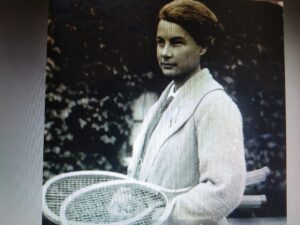
Ethel Larcombe circa 1912- The LTA’s first female professional tennis coach Author’s collection
However, as early as 1900 the Scottish tennis player Helen Pillans was writing about tennis instruction and advocating the importance of female coaches in ‘The Girls Own Paper’ and explained why women’s play was so far behind the men’s and suggested ways to improve it. She argued for reform to ensure that
…women would enjoy the full benefit of this great sport
In John Carpenter’s book, ‘Modern Tennis Instruction – A historical Guide to Playing your Best Tennis (2023), he quotes further from Helen Pillans’ article from 1900 on the subject of instruction:
Not only is it beneficial for the beginner or a bad player to take tuition from a competent teacher, it is undoubtedly a necessity for all those who desire to become good players. Pillans went on, There are very few professionals who teach the art of tennis, but if the demand for their services becomes greater doubtless it would create a supply.
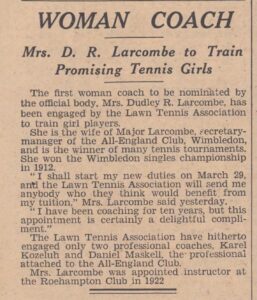
Newspaper Cutting 1922- Courtesy of John Carpenter
Carpenter argues for her place in female tennis coaching history;
Did Helen Pillans receive money for coaching when we know she was coaching in the UK as early as 1900, if not earlier?’ He goes on.’ I suspect she was, but I just don’t know for sure.
He strongly believes that it was down to ‘Aristocratic snobbery on top of the LTA’s bureaucratic resistance’ and that Pillans almost certainly gave free lessons until she retired from amateur tennis in 1902.
It would take another 20 years before the LTA made the decision to appoint Ethel Larcombe, who was followed in 1928 by Dorothea Lambert Chambers, when she assumed the position at The Ealing Tennis Club.
Miss Chambers was always destined to coach after writing a book on ‘tennis instruction’, called ‘Tennis for Ladies’ in 1910.
She had been a prolific player winning seven Wimbledon singles titles and a gold medal at the 1908 London Olympics and was also one of the leading badminton players of her day.
Other early female coaches followed such as Dora Boothby (the 1909 Wimbledon singles champion) who joined Lambert at Ealing in 1932.
Lake, Eaves and Crowley in 2016 believe that
By the inter-war period in Britain the leading female ‘coaching professionals’ began to review themselves and demonstrate their extensive talents and as a result the LTA began to show greater support to these coaches and respect for their craft
Margaret Lidderdale, was one such ‘coaching professional’ and she became ‘Official Coach’ at The East Gloucestershire Club in Cheltenham(EG), in 1938 and along with her sister Kitty and later her daughter Mary, helped to re define the role of women in sports coaching, officiating and administration at a time when they were significantly underrepresented in the UK.
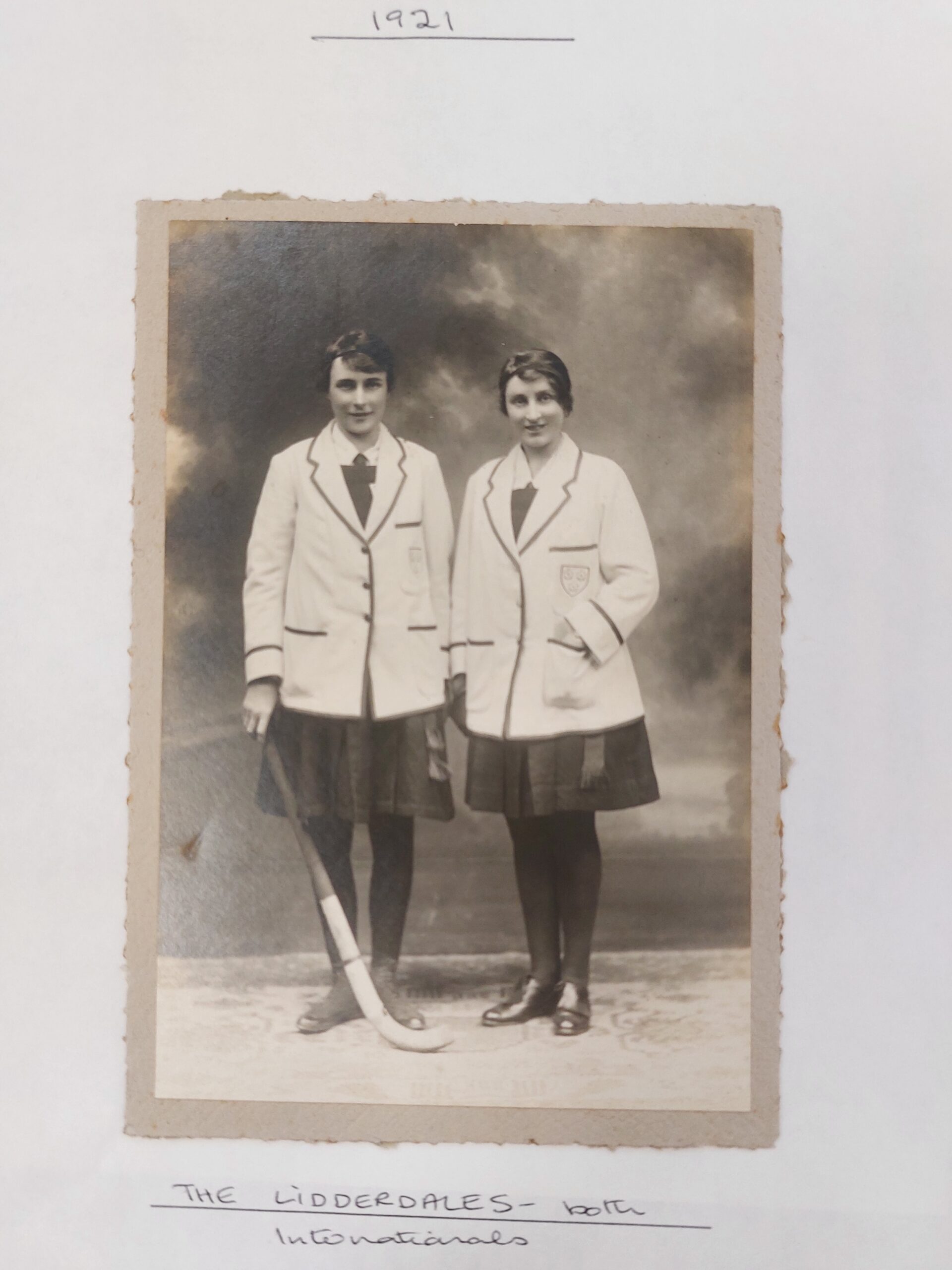
The Lidderdale sisters in 1921- Courtesy of The Hockey Museum
Born in 1892, she joined ‘EG’ in 1909 beginning an incredible association with the Club( founded in 1885) and from taking on the role of ‘Coach’ just before World War Two, she continued until 1960 and undoubtedly raised the profile of women in positions of responsibility within the sport particularly in Gloucestershire and the West.
Both she and her sister Kitty Bridge (nee Lidderdale) worked as nurses during WW1 and participated in sport for recreation, however, both played Hockey to a very high standard at the club and within the county and represented England in the 1920’s , with Margaret gaining 3 caps in the 1922/23 season as a full back, while Kitty made her debut as a 19 year old in 1913 and scored over 40 goals in a career that spanned nearly 20 years captaining the team in 1923, alongside her sister, gaining 21 caps; she also wrote a book called, ‘Hockey for Girls’ in 1923.
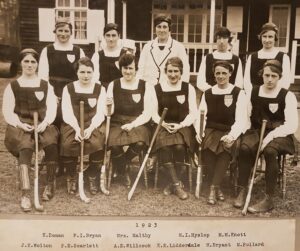
The England Hockey XI in 1923- Courtesy of The Hockey Museum
Kitty would also pursue a successful tennis career and featured in singles tournaments at Wimbledon between 1923 and 1931 and doubles, reaching the Ladies Doubles final in 1925 with her partner Mary Mc Lquahan, losing to the legendary Suzanne Lenglen and her partner Elizabeth Ryan.
After retirement from playing sport, Kitty became the Chair of the selectors for the All England Women’s Hockey Association (AEWHA) and President of West of England WHA; she also coached tennis alongside her older sister at EG maintaining the strong family ties with the club.
She died in 1973 at the age of 78.
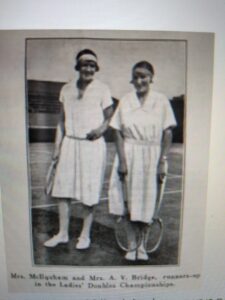
Kitty and Partner- Wimbledon Ladies Doubles Finalists in 1925- Author’s collection
Margaret’s role as club coach also allowed her time to maintain her involvement in hockey within the county becoming coach, selector and administrator at various times during the 1940’s and 50’s in Gloucestershire.
Coupled with this, she was fully involved in the organisation of ‘The Open Tournament, at EG in the 50’s which was seen by many as a ‘Wimbledon warm-up’ and the club became a very popular destination for top British players such as Christine Truman (French Champion in 1959), Bobby Wilson (Wimbledon quarter finalist in 1958) and Mike Sangster (US and Wimbledon semi finalist in 1961), however the tournament became too expensive to stage and sadly ended in 1969.
The ‘Junior Open’ tournament, which started in 1933 at EG still takes place today during the Easter Holidays and has welcomed players such as Tim Henman and Jo Durie in the past and is used as a warm up for The National Junior Championships.
Margaret retired from her position as coach in 1960 handing over to Mrs Pam Bocquet who had competed at Wimbledon from the late 1930’s to the early 1950’s and would continue as coach at EG until 1987. In 1993 Pam was awarded The LTA Meritorious Award for services to Tennis.
In 1977, Margaret now 85 won national recognition for her voluntary work in sport when she was awarded ‘The Torch Trophy’ by The National Playing Fields Association’
The Torch Trophy Trust was set up in 1962 to ‘provide recognition and support to volunteers in sport across the UK’, but it decided to wind up its affairs in 2019, as it was felt that the role of volunteers had now become more widely recognised by the National Governing Bodies in the UK and therefore the trust was no longer needed.
In his highly informative book ‘The History of East Glos Club’ (2023) Julian Wellings described Margaret’s incredible contribution to women’s sport in the West of England:
Margaret was a significant force in the county, first as a player, then as a coach, selector and administrator. On her 90th birthday she was spoken of as ‘’The Queen Mother of women’s hockey in the West’’
Margaret passed away in 1991 aged 99
Margaret had a daughter in 1924, also named Margaret, who was known to everyone as ‘Mary’ to avoid confusion with her mother and following in her footsteps, became an outstanding sportswoman in her own right, while continuing her involvement with the EG club, which would last 76 years.
Mary would emulate her mother by becoming an England hockey international in 1946, therefore becoming,
the first mother and daughter to represent England’ and she would go on to gain 17 caps; she was also reputedly, the first to perfect ‘stopping the ball from a short corner with the hand
The only other mother/daughter pair to play for England came in the late 1980’s when Tracy Fry (nee Wilce) and daughter of Eileen Wilce (1970), was capped in 1988.
Mary served as President of The Gloucestershire WHA for 53 years and captained the county team until the age of 50 and was also Head of Physical Education at Charlton Park school in Gloucester.
Not surprisingly, she was also a superb tennis player and played Ladies Doubles at Wimbledon over a ten- year period in the late 40’s to 50’s, reaching the quarter -finals on four occasions and would switch to officiating on her retirement from playing, umpiring on six occasions at the All England Championships.
Mary was also a hockey umpire and officiated at ten Wembley International hockey matches over a 22 year career, a record that will never be broken and
like her mother yet again, she was awarded The Torch Trophy in 1991 and for her exceptional service to sport, the MBE in 2006.
Vera Cox was an early England Hockey international (1908-12) an international umpire(1914-33) and an England selector. Teams did not have coaches in the early 1900’s, but Vera was also an administrator and hockey organiser, she chaired the AEWHA umpire development committee, as well as helping to set up the England Women’s Cricket Association and certainly rivals Mary in the wide range of roles she adopted throughout her career, however Mary’s achievements are more varied and multi faceted and took place in an age when the commercialisation of sport was beginning to take place and therefore, many believe she is unrivalled in relation to her impact across tennis and hockey administration and coaching at that time.
Katie Dodd at The Hockey Museum believes that Maggie Souyave might be a modern day equivalent as she played for and captained England between 1974 and 1985 and Great Britain between 1978 and 1981. She was also the England coach, indoor and outdoor and went on to be the England/ GB analyst for over 20 years. Maggie was also a club, county and territorial coach.
The Ladies Hockey Association( which would later become the AEWHA), was founded in 1895 by a group of amateur players who had been strongly influenced by the Swedish Physical Educationalist, Martina Bergman-Osterburg at Dartford College of Physical Education who encouraged students who had played hockey at school, to develop the sport further in schools as teachers and coaches nationally and internationally.
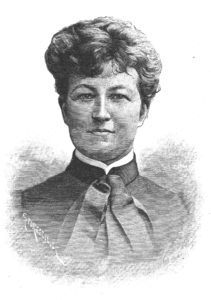
Martina Bergman-Österberg
Source: Xylography by Gunnar Forssell (1859-1903), CC BY-SA 4.0
After a visit to the USA in 1893, Osterburg introduced a version of basketball, which would develop later into the sport of Netball.
Helen Armfield stands out as a former student who did much to develop hockey in England, Ireland and the USA, where she travelled in 1921 on behalf of the AEWHA, to help American women to improve and develop their skills.
She would later become secretary and then president of the AEWHA between 1947 and 1957.
Whilst in post as president, she appointed their first full time professional coach in 1948 in Eileen Taylor, who made a huge impact on those who coached and on the development of the sport in secondary schools. In 1951 she demonstrated at The Festival of Britain site and her appointment generated a National Coaching Scheme; she wrote ‘Women’s Hockey: Do it this Way’ in 1967.
Mary Eyre would take up a role as ‘Part-time National Coach’ alongside Jean Macheath in 1965 and would continue in the post for two years. Being a National Coach however, did not mean the coach of the England team and she performed a variety of roles, often administrative during her tenure.
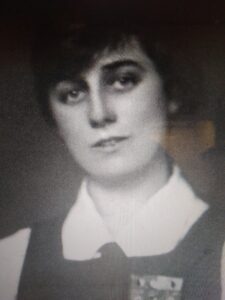
Margaret Eyre- Hockey player circa 1923- Courtesy of The East Glos Club
Nevertheless, she was a remarkable woman to have played for England, umpired at international level, coached at the highest level and to have served as a national selector, while continuing her involvement in Tennis at EG where she was Club President for over 20 years.
Mary died in 2013 aged 89.
- Mary Eyre- Tennis player circa 1953- Author’s collection
- Mary Eyre receiving her MBE in 2006- Courtesy of The East Glos club
Following in the footsteps of her mother and aunt and the many other illustrious pioneering women of the past, Mary continued to build upon their legacy and helped to re define the role of women in sport in the UK and it is testimony to the forward thinking approach of the members of EG (the first committee was set up in 1922) that they recognised the talent and potential of these trail-blazing women, in what was then, very much a man’s world!
- East Glos circa 1903..
- .. and today
My thanks to Julian Wellings at East Glos, Tennis Historian John Carpenter and Katie Dodd at The Hockey Museum for their help with this article.
Article copyright of Bill Williams

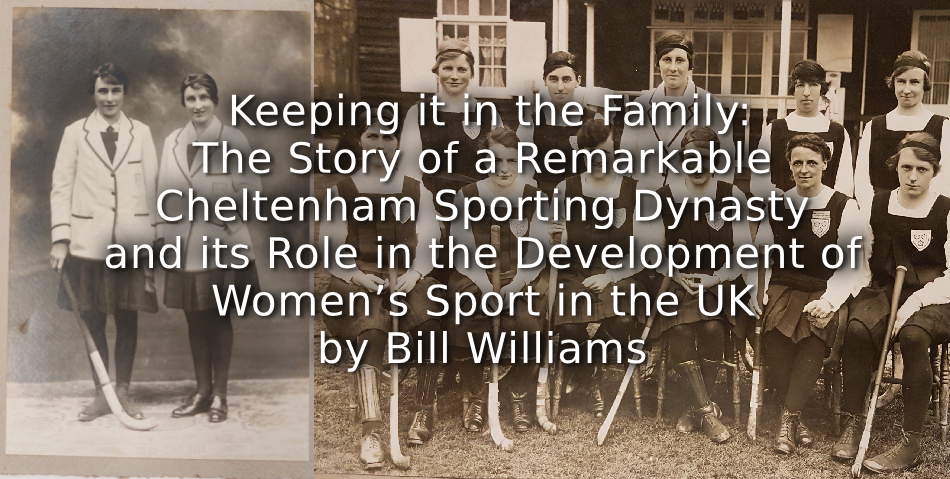
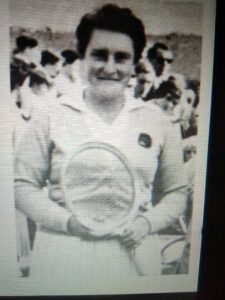
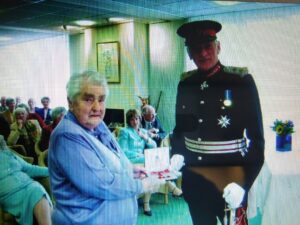
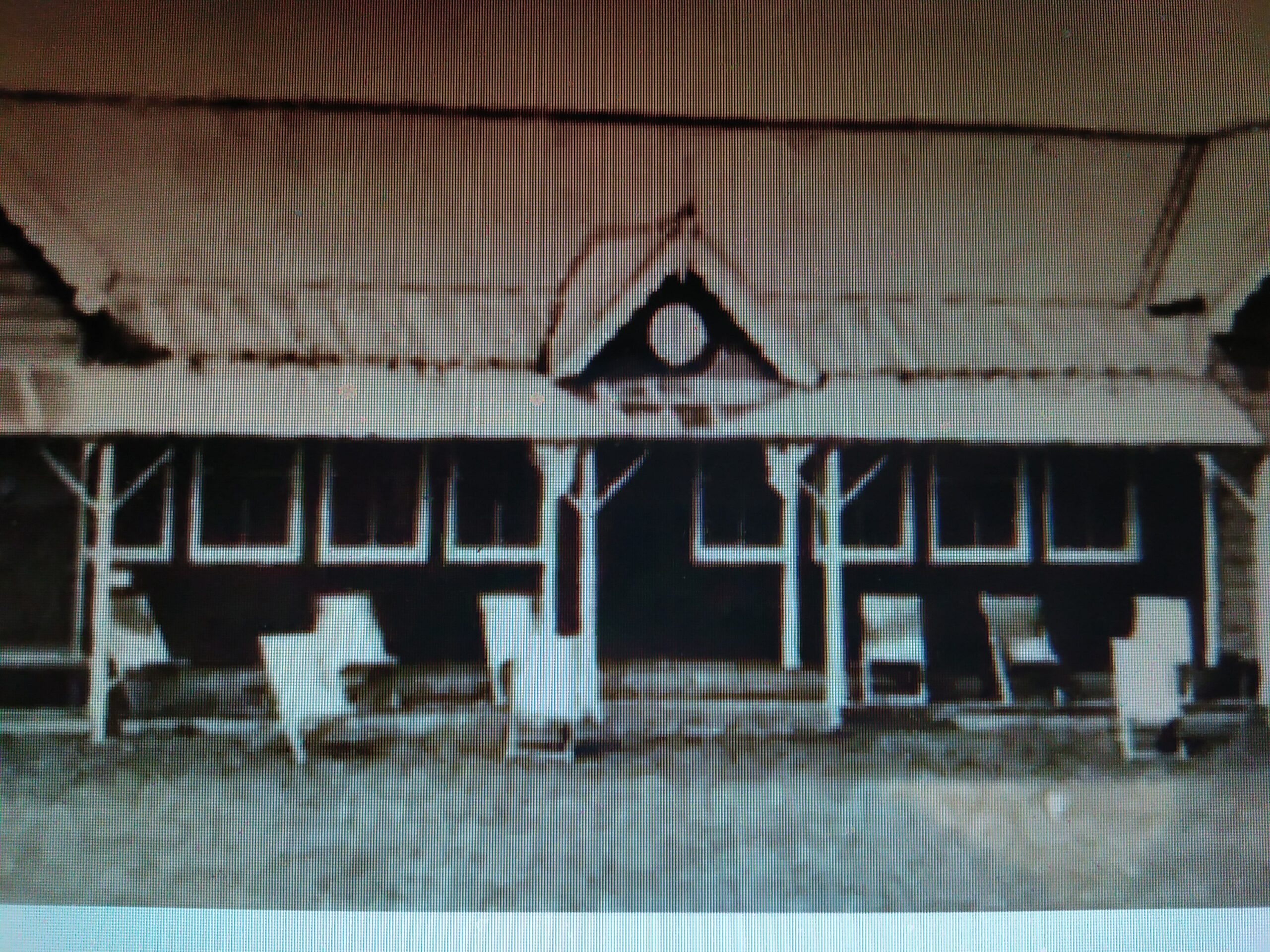
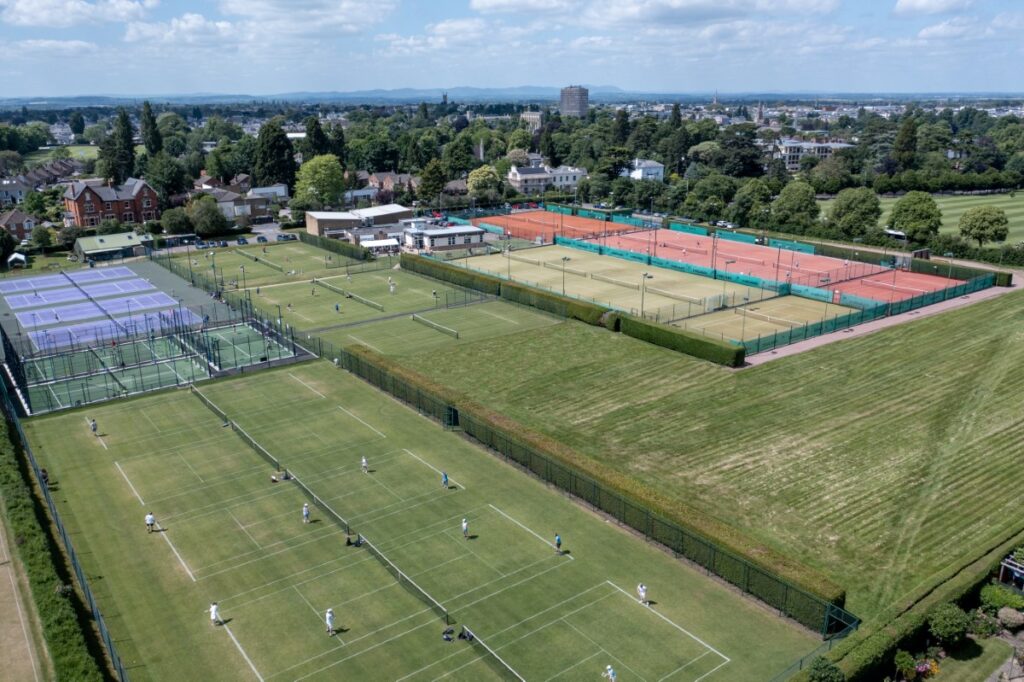
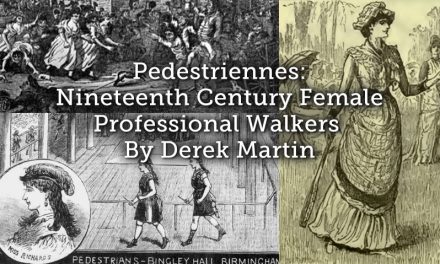
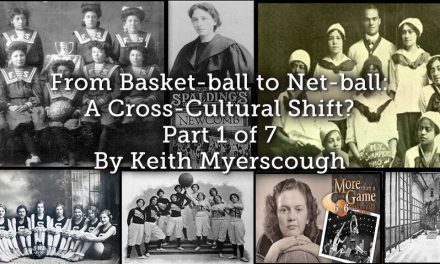
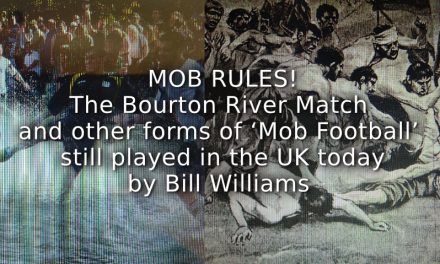
![“And then we were Boycotted”<br>New Discoveries about the Birth of Women’s Football in Italy [1933] <br> Part 9](https://www.playingpasts.co.uk/wp-content/uploads/2020/12/Boycotted-part-9-Marco-440x264.jpg)
Fascinating as usual. Not realising how many women were prominent sportswomen in the last 100 years +.
Hockey rules changing making it more difficult to score. I remember stopping short corners with my hand in the late 50s/60s. Banned in 1982. Interesting that all sports are played by men and women today. Hockey was always the girl’s game in school. The only sport I don’t think is played by men is the variation of basketball (Martina Bergman) called netball. A great article. Women doing just as well as men and getting the public recognition for it. Ie the great following that women’s football has risen to. When I say ‘just as well’. It has to be recognised that women, physically, are not equal to women so their times, stamina, etc means they cannot be rated on a level playing field. Recognition of what they’ve achieved is born out in this article.
The world of sport is all the better for the women in it. Great article.